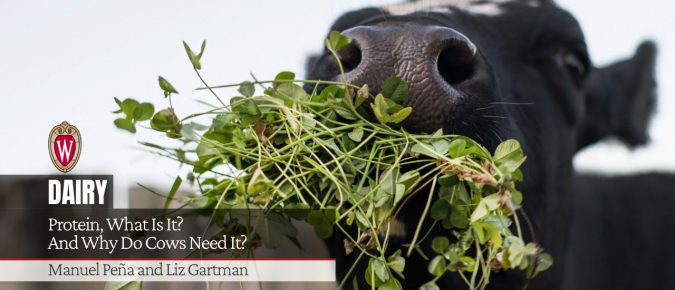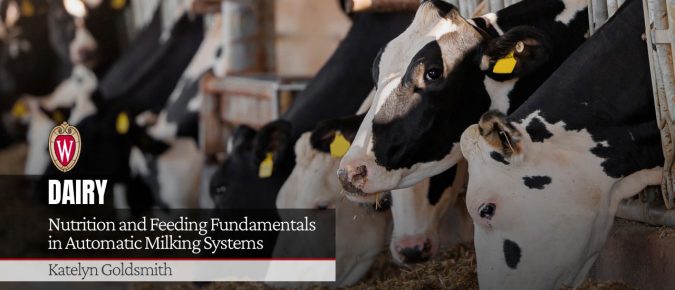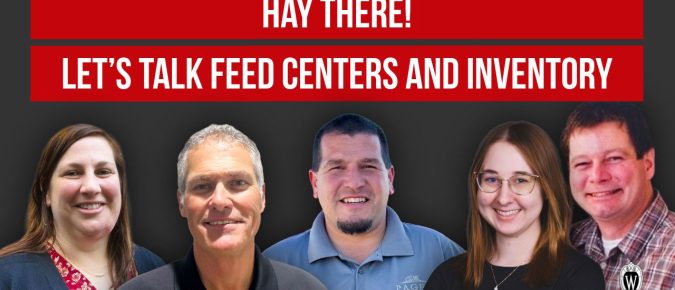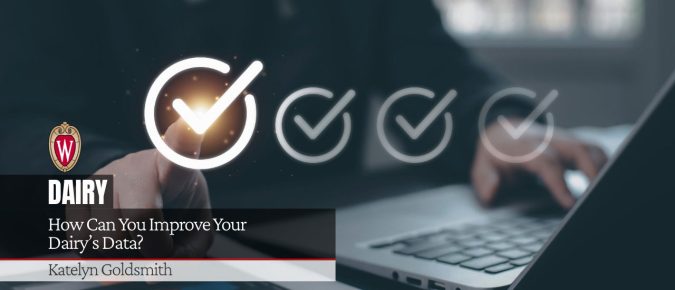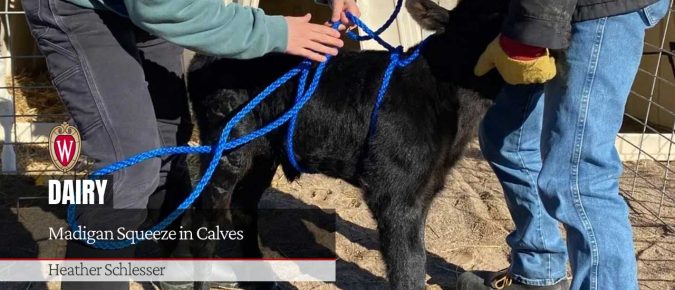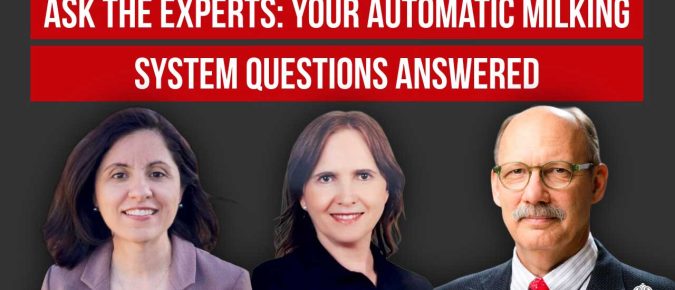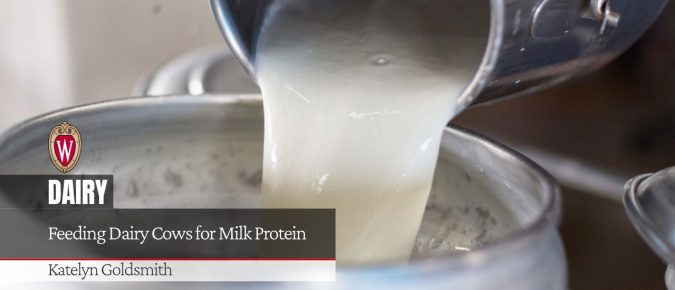Articles
Tips for Helping Cows and Calves Recover After Dystocia
While other articles discuss when and how to deliver calves, this one helps you assist the calf and cow in recovering from a difficult calving (dystocia). Providing post-calving care following dystocia makes a huge difference for the dam and her calf.
Protein, What Is It? And Why Do Cows Need It?
Getting protein feeding right is critical to boost both animal productivity and farm profitability.
Nutrition and Feeding Fundamentals in Automatic Milking Systems
This article explores how feeding at the AMS works, options for feed types, strategies for feed allocation and formulation, and bunk management.
▶️ Watch: Hay There! Let’s Talk Feed Centers and Inventory
Managing feed inventory and waste is a critical nutrition practice. Hear from dairy farmers Grant Grinstead, Jake Peissig and Ryan Shultz talk about how their farms built a feed center to reduce waste and save them money. The UW-Madison Extension Dairy Team will also give a walkthrough of a free tool you can use to calculate forages needs and track inventory.
Body Condition Score in Dairy Cattle
Research shows that maintaining target BCS levels at specific stages of lactation supports optimal energy balance, which improves milk yield, reproductive performance, and disease resistance.
How Can You Improve Your Dairy’s Data?
This article explains the difference between dirty and clean data, pillars of quality data, and practical tips to prevent entering dirty data.
Madigan Squeeze in Calves
The Madigan Squeeze technique has been shown to help alleviate neonatal maladjustment syndrome in various livestock species.
▶️ Watch: Ask the Experts: Your Automatic Milking System Questions Answered
Dr. Doug Reinemann, Dr. Marcia Endres, and Dr. Nesli Akdeniz Onuki – experts in Automatic Milking Systems (AMS) – answer questions submitted by farmers and their advisors.
Feeding Dairy Cows for Milk Protein
Understanding and optimizing the factors influencing milk fat and protein is important for improving income as well as cow performance and overall efficiency.
Consejos de Higiene de la Ubre Que No Estresarán sus Vacas
Un método para mejorar la higiene de la ubre es eliminar el pelo de la ubre, ya que puede atrapar estiércol, residuos, y albergar bacterias que aumentan el riesgo de infección y el conteo de células somáticas.
Shifts in Reproduction Management for Automatic Milking Systems Herds
Thinking through key steps of the breeding process, such as how heat detection will occur and where cows will be bred, can help farmers more seamlessly adjust to daily routines with AMS.
Grouping Strategies in Automatic Milking System Herds
When thoughtfully applied, grouping can help improve overall efficiency in farm operations and management.


